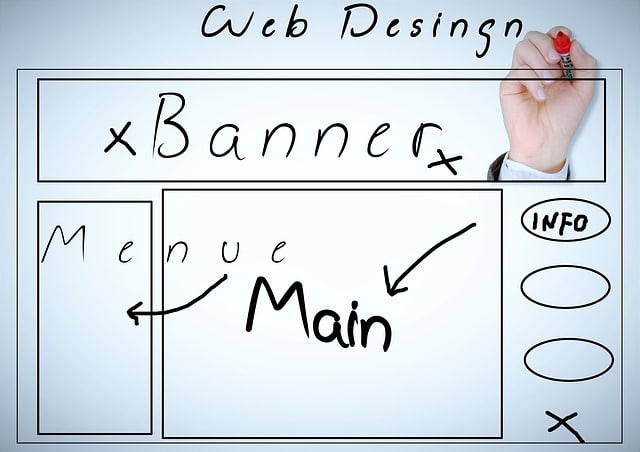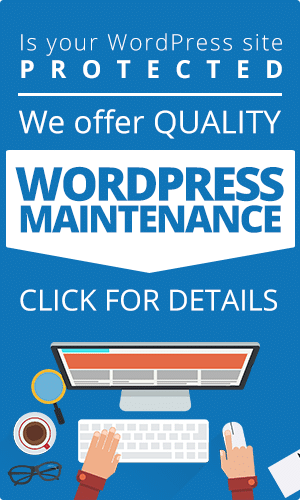Surveys have shown that the majority of people will consider a website to be either trustworthy
or unreliable based on its design. Interestingly, many also consider sites that have complex
layouts to be confusing. Read on to learn how to design a website that converts users into sales.
Website elements that people consider suspicious include:
- Flamboyant ads
- Pop-up advertisements
- Small printed content that is difficult to read
- Boring designs
- Lacklustre colors
- Slow load times and intros
Of course, designers will continue to develop and implement creative ways of building websites. However, there are some particular designs they should follow since their effectiveness has stood the test of time. In fact, many modern website designers are now incorporating simplicity into their work.
Intricate and cluttered designs are giving way to better user experiences. This is only possible
through the use of simply designed web pages as navigating between them is usually more
comfortable. To increase your chances of conversions, consider the following fundamental elements of website design.
1. Implement a simple design
Your website should be designed in such a way that users will instantly understand your brand
message after just a quick look. If this recognition doesn’t take place, you may have to do some
decluttering. Remember, a clean but functional website layout often means that the loading
time is low. Users will have no trouble navigating between sections. It will also be easier to view
your site on various devices and platforms.
A great web design is more than just aesthetics. You should also make sure that your
navigational buttons are easy to recognize and use. If visitors are spending too much time
figuring out your menu controls, then you may have to consider redesigning them. It also
doesn’t pay to create a button for the sake of uniqueness. Your navigation menus should be
instantly visible. In addition, ensure that you are using standard designs that users will
immediately recognize.
3. Use understandable and clear call-to-actions (CTAs)
Call-to-action buttons are essential since they can persuade visitors to accept your invitation; for instance, by purchasing your products and services. Consider designing the CTA buttons in a way that will make them stand out for your intended audience. For example, you can create buttons that pop up to your visitors as they scan the web pages. Don’t forget to keep the CTAs short and direct.
4. Don’t overdo the text content
Most people who visit websites are not fond of an overabundance of text content. They
instinctively search for visual elements that will help them understand an issue. So it is critical
that your pages have the correct combination of visual and text elements.
It is acceptable to include ads and product displays on your website, but if they are
inappropriate, take them down. It’s better to only retain visual and text features and make your
site clutter-free.
5. Maintain the right amount of white space
Aesthetically pleasing websites often feature prominent white spaces in strategic areas. An
experienced designer knows that white space ensures that the text content is readable and
understandable. Plenty of white spaces can prevent eye strains when reading the web’s content.
Furthermore, readers find it easier to scan information. Such a design feature is an excellent
way of retaining visitors while keeping the bounce rate low.
One website that uses white space to its advantage is Google. This leading search engine’s
display is primarily white except for a search box, the Google name and a little bit of text. The
purpose of this design is to eliminate any distractions and direct users to immediately type their queries or sign in.
6. Make use of colors
The colors used on websites can instantly grab the attention of users. However, it’s essential to
only use colors that will convey and enhance your brand message. There are various interface
elements and buttons on a website so be sure to pick contrasting colors that will attract users.
Remember, it’s vital that you choose a suitable color palette.
7. Use visually pleasing and readable fonts
Ensure that you use a typeface that is not only appealing but also helps visitors scan your site’s
information quickly. There are many fonts available online and some of them are free. Check
which typefaces are accessible and whether they match your brand. However, consider checking your clients’ fonts to make sure that your brand has a consistent look.
8. Include relevant images and videos
Websites are not complete without pictures and videos. Therefore, you must ensure that your
design includes the relevant images/videos that will highlight your brand and message. These
two visual elements are useful tools in engaging visitors and can also reduce the bounce rates.
The visuals should also be complemented by suitable text to attract your target audience.
However, you should only load small video files. If they are too large, your loading time may
suffer. One or two short and relevant videos are usually sufficient to guarantee visitor engagement.
9. Design a responsive website
Most web searches are performed on smartphones. This means it is vital that your website is
designed to be responsive to mobile devices. The format should help users search for important information on your web pages quickly and conveniently.
10. Break up your content
Consider using section headers to break up your content-heavy web pages. This will make
reading less annoying and encourage users to stay on your site longer. The headers can also
provide your content with structure. For example, product descriptions with a header can help
users scan the content immediately. This will also engage your visitors and convert them into
leads or customers.
11. Talk like a friend
When visitors encounter a website that uses formal and technical language, they tend to leave
in a hurry. Worse still, they may even go to your competitors as they may appear friendlier. If
you want to engage visitors, speak to them like a friend by adopting a conversational tone. This
type of approach will make it easier for people to understand your product and service offers.
Conclusion On How To Design a Website
You can create an engaging web design by using various colors, fonts, visuals and other
elements. You can also make use of white spaces, videos and images to promote your message
and brand. Remember to combine these multiple elements into a cohesive tool that will attract
and engage visitors. Once they like what they see and read, they are more likely to become
leads and customers.
Need help with your next website design? Check out our WordPress web design services, we’d love to help!






